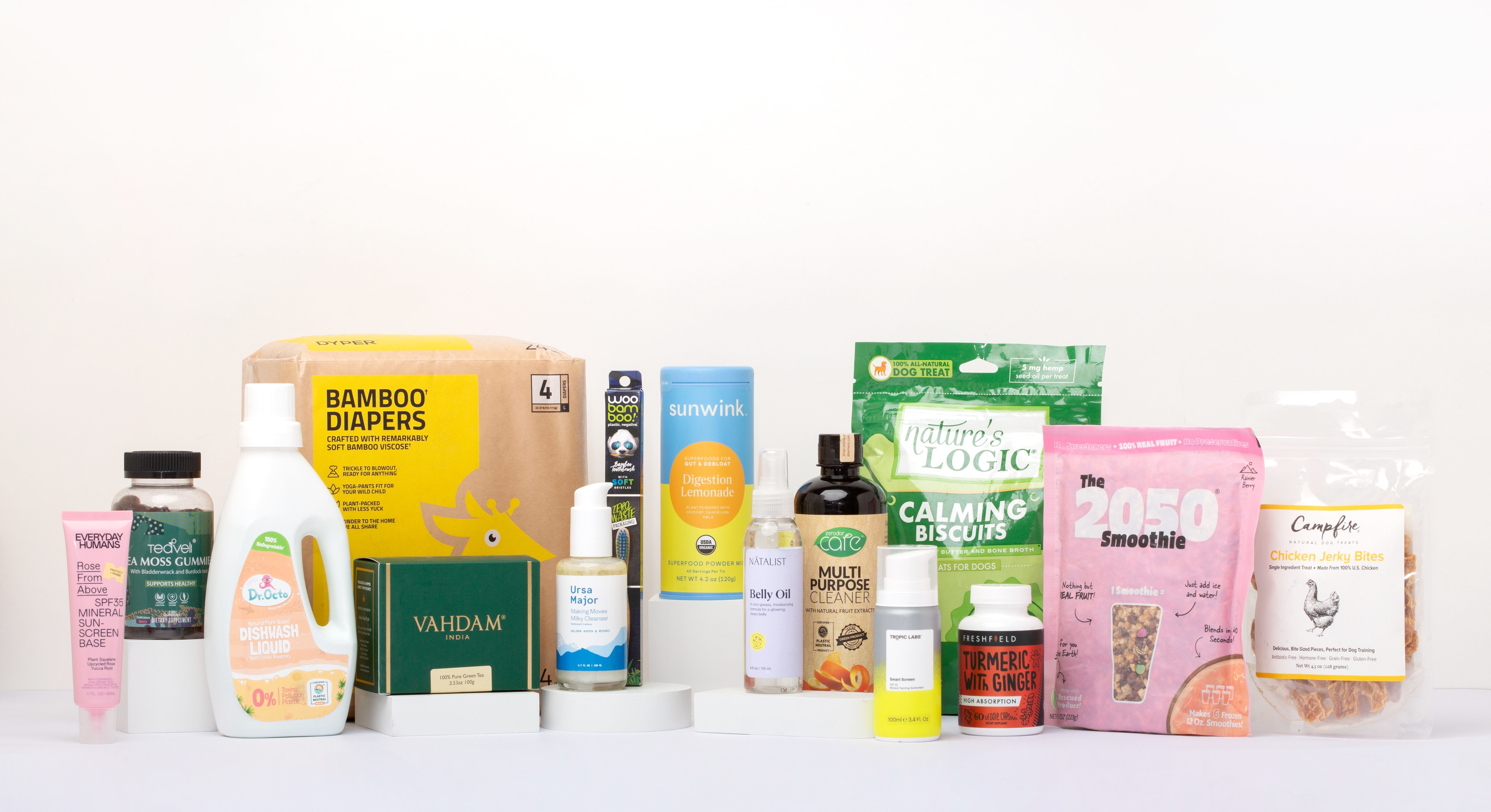EPR Foundations: What are Material Specific Targets?
Material Specific Targets establish recycling and waste reduction goals for different packaging materials, such as plastics, paper, and glass. These targets guide producers in optimizing packaging design, increasing recyclability, and reducing environmental impact.
Extended Producer Responsibility (EPR) for packaging is a policy approach that holds producers accountable for the entire lifecycle of their products, especially the end-of-life stage. In the United States, EPR aims to shift the financial and operational burden of waste management from municipalities to the producers themselves. This encourages companies to design more sustainable packaging, reduce waste, and improve recycling rates.
Implementing EPR involves several key steps:
- Product Design: Innovate packaging to be more recyclable and use fewer resources.
- Collection and Recycling: Establish or participate in programs that ensure packaging is collected and recycled efficiently.
- Reporting and Compliance: Maintain accurate records and report on packaging waste management activities to comply with regulations.
By embracing EPR, companies can not only comply with regulations but also lead the way in sustainable packaging practices.
Material Specific Targets Decoded in Simple Terms
Material Specific Targets are a crucial component of Extended Producer Responsibility (EPR) for packaging in the United States. These targets set specific recycling and waste reduction goals for different types of packaging materials, such as plastics, paper, and glass. By defining clear objectives for each material, EPR programs aim to enhance recycling rates and minimize environmental impact.
For Consumer Product Goods companies, understanding Material Specific Targets is essential. These targets help in identifying which materials need focused efforts for recycling and waste management. Compliance involves collecting detailed data on packaging materials, including their types, weights, and attributes like Post-Consumer Recycled (PCR) content.
Adhering to Material Specific Targets not only ensures regulatory compliance but also aligns with broader sustainability goals. It encourages companies to innovate in packaging design, reduce resource usage, and improve overall environmental performance.
Case Study: How Material Specific Targets works in Oregon's EPR Framework
Producers must register with Circular Action Alliance, submit supply reports, and comply with rules to enhance recycling rates and minimize environmental impact. For more details, refer to the Coverage Guidance Doc.
Getting Started: EPR Compliance Resources for SMEs
The EPR compliance hub from rePurpose Global can automate in 1-click what would otherwise take you over 3 months of manual effort. It quickly compiles CAA reports, estimates fees and tax liabilities, and keeps you updated on emerging regulations, including Labeling laws, PCR mandates, and 90+ Packaging Regulations in North America. With Oregon's reporting deadline on March 31st, immediate action is crucial to avoid financial penalties. Reach out to us for a stress-free, reliable solution.
Get Started with Verified Plastic Recovery for your Brand
Get Started with Packaging EPR Compliance for Your Brand
rePurpose Global is here to support your sustainability roadmap with impactful and measurable Plastic Action solutions that deliver immediate results. Partner with us to measure your plastic footprint, fund plastic waste recovery, and create strong sustainability messaging for your brand.
Talk to our team to explore how we can work together.
rePurpose Global's EPR compliance platform is here to support you in preparing for the upcoming regulations in multiple states in the US and comply with no errors. Partner with us to create detailed assessment reports, pre-empt fees and reduce time & cost involved in the process.
Talk to our team to explore how we can work together.

Related Posts
Why the Specific Material Reporting Method (SMRM) is the Best Choice for EPR Compliance
Choosing the right reporting method for EPR compliance can be a game changing decision for brands. Between the The Specific Material Reporting Method (SMRM) and Average Bill of material (ABOM), the former is a far superior choice. This article talks about aspects like accuracy, cost efficiency, and future-proofing advantages etc. that SMRM delivers—eventually helping brands reduce costs, meet sustainability goals, and minimize compliance risks.
EPR Compliance in Oregon for SMBs
With Oregon’s Extended Producer Responsibility (EPR) regulations in effect, small and medium-sized businesses (SMBs) in the CPG sector must comply with packaging waste reporting requirements by March 31, 2025. This article dives into understanding producer classifications and the various reporting types available.
Unique Challenges SMBs Face in EPR Compliance
SMBs struggle with EPR compliance due to limited resources, complex regulations, and packaging challenges. This article dives into how to overcome these challenges and ensure that your brand successfully navigates this new paradigm.

.png)


.png)

.png)







